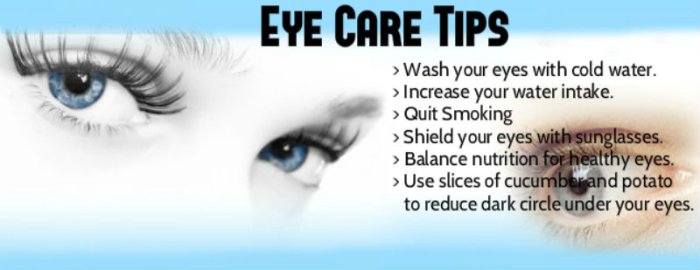There are a large number of ways that eyes can become damaged and therefore be in need of treatment. There are different treatments available for the eyes and your eye doctor will make sure that you receive the correct treatment based on the condition that you suffer from. The stage of the condition will also effect treatment. For example a condition that is only in the early stages will not necessarily require surgery, whereas something that is causing partial blindness because of its stage may require surgery immediately. This article acts as a guide to the different treatments available.
Treatment for eyes can come in the form of simple lifestyle changes. Sometimes a patient can keep problems at bay with just a few simple eye exercises and an improvement to their diet. Cataracts for example are very slow to form, and a diet that is rich in vitamins and minerals as well as regular eye exercises can slow down the onset of cataracts even more. Healthy lifestyle treatment however will only work if the condition is caught early. If it has developed to the point where eye sight is being seriously affected then other treatment will be needed.
Another common treatment given to patients with eye problems is eye drops. This can work well for a number of conditions. In particular the early stages of glaucoma can be successfully treated with eye drops. Because eye glaucoma occurs when the drainage canals in the eye become blocked, the eye drops can be used to unblock the channels. This can help relieve the build up of pressure in the eye and slow down the onset of glaucoma. This can be a very effective treatment although the condition needs to be in the relatively early stages for it to work.

Eye surgery is often a last resort, but it is extremely effective and can instantly remove an eye problem altogether. There are a few different types of surgery available. Advanced surface ablation can be done to reshape the surface of the cornea without making an incision and lifting a flap to get to it. Recovery periods for this type of surgery are a few weeks as opposed to a few days so it is only resorted to if absolutely necessary. Blended vision is another type of laser eye surgery that treats both eyes – one for longsightedness and the other for longsightedness. Intralasik surgery is also available which uses a laser instead to make the initial flap to life back in order to reach the cornea. There is also wavefront lasik surgery available which is a custom type of laser eye surgery. For this surgery each patient receives a customised treatment plan for their unique eye condition.
There is also lasek surgery available which is similar to lasik eye surgery but is for less serious conditions or for patients being affected by just the early stages of a condition. Your eye doctor will be able to explain each and every treatment in more detail if you feel that one of these sounds like something you would like to proceed with. If you want more information about these treatments you should visit your nearest eye hospital and speak to a doctor there. Surgery is often a last resort but works excellently to restore sight lost through illness and conditions such as cataracts.
Wet macular degeneration is a very serious condition that can lead to partial or total blindness eye treatment for this condition tends to involve specific drugs rather than surgery. Cataract removal is another common reason people undertake surgery. This too is effective and very simple. There is little recovery period required for cataract removal.








